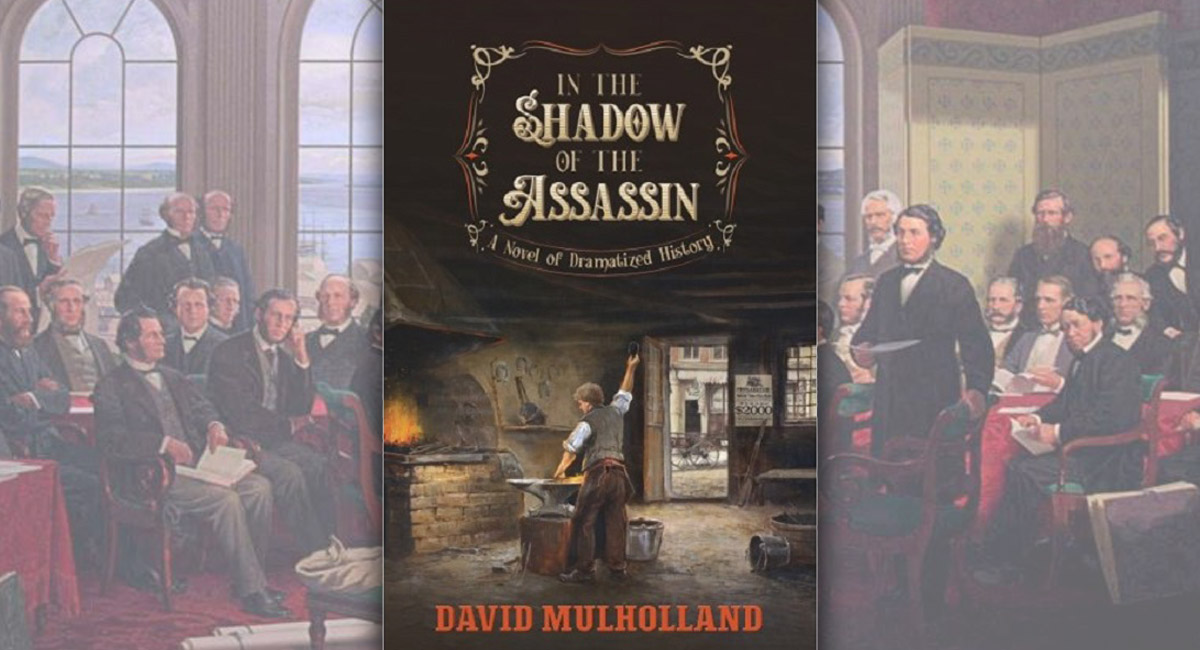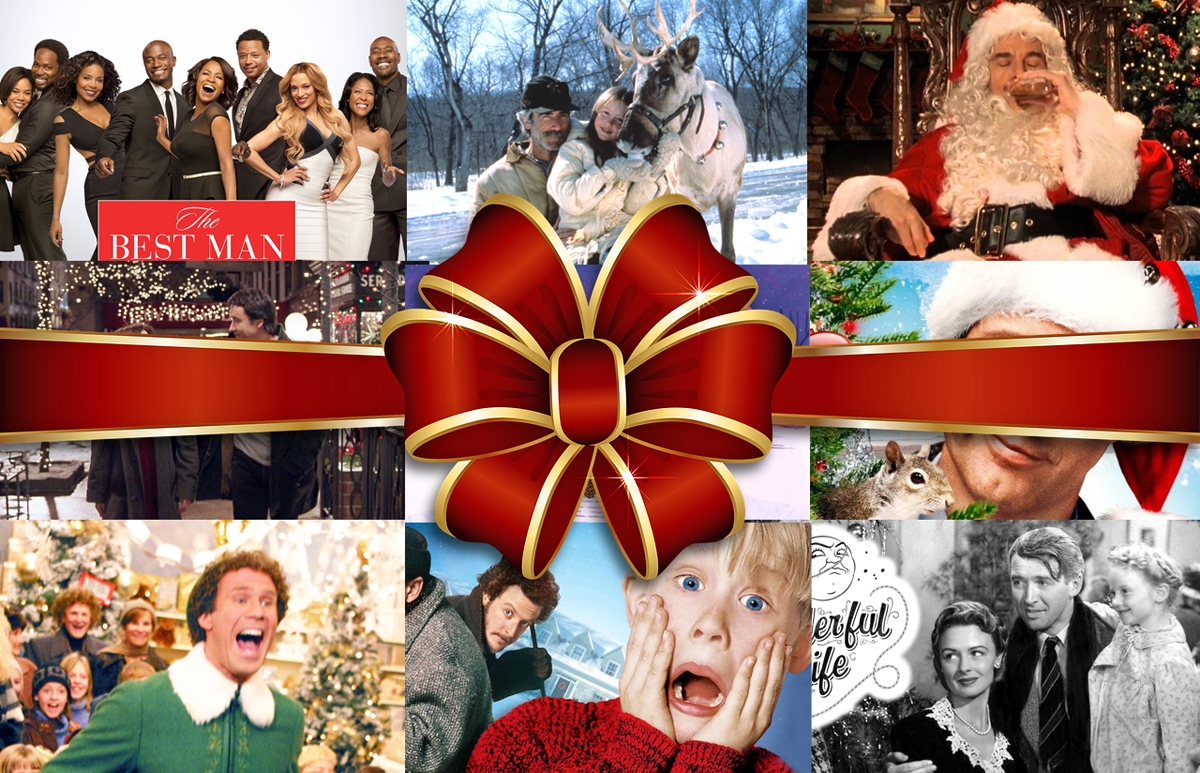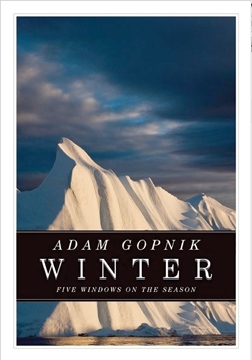
Ottawa Life’s Top Books of 2017
We flipped through a lot of pages last year. Here are our top reads of 2017.
 1-Canada 150 Women by Paulina Cameron
1-Canada 150 Women by Paulina Cameron
328 pages • ISBN 978-0-9959591-2-5
Ambition, diversity, strength: few groups better represent the potential of Canada than women. Canada 150 Women profiles 150 of the country’s most inspiring, groundbreaking and powerful female role models, providing insight into their achievements –and a challenge for all to better support women.
From politicians to spacewalkers, entrepreneurs to scientists, Canada 150 Women offers insight into the work and life journey of Canadian women.
 2-The Good Lands • Canada Through the Eyes of Artists by Victoria Dickenson et al.
2-The Good Lands • Canada Through the Eyes of Artists by Victoria Dickenson et al.
273 Pages • ISBN 978-1-77327-024-1
This book was necessary for a country like Canada that is currently in the process of reconciliation with its past and with the First Nations. A book like this made it essential for Canadian society to open the eyes and value what nature has given us. The book opens the doors to reflection and commitment to building a better future for future generations and, above all, allows us to think about how we have valued each beautiful Canadian corner
The Good Lands celebrates this country and honours the beauty and power of our shared spaces. In looking through the eyes of our artists, we are reminded that the land holds us, not we the land, and that we share our territories with other sentient beings, with trees and grass, with rocks and rivers.
 3-Canada: An Illustrated History by Dereck Hayes
3-Canada: An Illustrated History by Dereck Hayes
296 pages • ISBN 978-1-77162-120-5
With more than 450 illustrations including 200-plus photographs, 50-plus paintings and drawings and 35 historic maps, as well as posters, stamps, cartoons, stained glass and tapestries, Canada: An Illustrated History is a visual experience every Canadian can enjoy.
Read about Canada´s first newspaper, the Halifax Gazette, which, in its first iteration, was a single sheet of paper. Find out which Canadian bridge collapsed not once, but twice. Discover the nation´s history of crime and punishment, firefighting, the 25-cent and $50,000 bills, Prohibition, early aviation and much, much more. Here also are the tales of a myriad of individuals who shaped Canada: the famous, the infamous, the popular and the unknown. Hayes details stories of First Nations, separatists and statements, astronauts and inventors, motorists, mails carriers, fur traders, photographers and politicians.
 4-Historical Atlas of Canada by Dereck Hayes
4-Historical Atlas of Canada by Dereck Hayes
272 pages • ISBN 978-1-77162-079-6
The Historical Atlas of Canada covers a period of a thousand years and contains essentially all the historically significant maps of the country. Here are the often colourful, sometimes bizarre charts of European explorers who discovered Canada while seeking an easier westerly route to the spices of the Orient. Many of these early surveys depict imagined or hoped-for straits and passages; one shows the St. Lawrence River flowing from an opening on the coast of California!
 5-Inuit Modern: Art from the Samuel and Esther Sarick Collection by Gerald McMaster
5-Inuit Modern: Art from the Samuel and Esther Sarick Collection by Gerald McMaster
256 pages • ISBN 978-1-55365-778-1
The book situates modern Inuit art within a larger framework that reinterprets the Canadian Arctic. Essays by leading Canadian scholars in the field including Ingo Hessel, Robert McGhee, Crhistine Laloude, Heather Igloliorte, Dorothy Eber and Bernadette Driscoll Engelstad examine the social, political and cultural transformation through the dynamic lens of colonial influence and agency. Inuit Modern also features interviews with David Ruben Piqtoukun and Zacharias Kunuk.
 6-Exploring the Capital: An Architectural Guide to the Ottawa-Gatineau Region by Andrew Waldron
6-Exploring the Capital: An Architectural Guide to the Ottawa-Gatineau Region by Andrew Waldron
273 pages • ISBN 978-1-927958-91-9
Exploring the Capital is for architectural experts and amateurs, and for residents and visitors alike. Waldron has created eleven guided tours covering all corners of the Capital region, taking you behind the doors of more than 390 diverse structures to learn who made them and how they did it. The many varied threads of Canada´s national life come together in its capital region. Where the Rideau River flows into the Ottawa River, the Algonquin people were the original inhabitants. French explorers and traders began arriving in the 1600s, followed by British colonists in the 1800s. The town grew into a city, spilled by over a provincial border, and now represents Canada to the world.
 7- You Might Be from Canada if… by Michael de Adder
7- You Might Be from Canada if… by Michael de Adder
132 pages • ISBN 9781772760637
The book is a delightful, illustrated romp through this country as it celebrates its 150th birthday. Michael de Adder delivers his unique take on Canada´s 12,000 years history, tickling the funny bone on every page. As de Adder proves, this is a country that is proud of who it is and likes nothing better than a good laugh – often at itself.
 8- The Year Canadians Lost Their Minds and Found Their Country: The Centenary of 1967 by Tom Hawthorn
8- The Year Canadians Lost Their Minds and Found Their Country: The Centenary of 1967 by Tom Hawthorn
208 pages • ISBN 978-1-77162-150-2
Tom Hawthorn offers Canadians a look back at the unlikely and inspiring story of the centennial of 1967 in The Year Canadians Lost Their Minds and Found Their Country. As he says in the preface: “Trudeaumania: the state getting out of the bedrooms of the nation; women demanding an equal place in society; and massive changes to the population through immigration –was made possible during Centennial Year…The Canada of 2017 owes more to decisions made in the wake of 1967 than to the negotiations conducted in 1867.”
 9- As The Years Go By… Conversations with Canada’s Folk, Pop & Rock Pioneers by Mark Kearney & Randy Ray
9- As The Years Go By… Conversations with Canada’s Folk, Pop & Rock Pioneers by Mark Kearney & Randy Ray
408 Pages • ISBN 978-0-9695149-2-3
Anyone who grew up in Canada in the 1950s, ‘60s and ‘70s, knows how amazing this country’s music scene was in those magical decades. Based on interviews with musicians, managers, producers and promoters As The Years Go By… offers readers an inside look at the trials and triumphs, good times and bad encountered by many of those involved in the Canadian music biz, including many who hit the big time. The years may have gone by but the memories linger…
 10- Bill Reid Collected by Martine J. Reid
10- Bill Reid Collected by Martine J. Reid
168 pages • ISBN 978-1-77162-115-1
The book features the largest chronological collection to date of memorable works of Reid´s career in full-colour photographs. This is brought together by an introduction by Dr. Martine J. Reid, “Bill Reid: Deeply Carved”, that outlines a completely new system of classifying Reid´s work into three periods: Pre-Haida (1948-1951), Haida (1951-1968) and Beyond Haida (1968-1998).
This classification provides a new way of looking at Reid´s work for those familiar with it and a handy guide for the uninitiated, detailing Reid´s mastery of the third dimension during his classic Western jewellery training (Pre-Haida), his intense study of the formal conversations of Haida art (Haida), and his fusion of the Western and Haida traditions, “expanding the range of possibilities beyond both traditions” (Beyond Haida).
 11. Oil’s Deep State by Kevin Taft
11. Oil’s Deep State by Kevin Taft
256 pages • ISBN 978-1-4594-0997-2
Every politicians, businesspeople, lobbyist, and all people concerned about what the government is doing should read this book in order to understand why governments at the federal and provincial levels have been so reticent in taking action to get us off fossil fuels, and also to comprehend that money has undermined democracy. Why have democratic governments failed to take serious steps to reduce carbon emissions despite dire warnings and compelling evidence of the profound and growing threat posed by global warming?
 12. One Hundred Years of Struggle • The History of Women and the Vote in Canada by Joan Sangster
12. One Hundred Years of Struggle • The History of Women and the Vote in Canada by Joan Sangster
312 pages • ISBN 978-1-7748-3533-6
One the eve of celebrating the 100th anniversary of women’s right to vote in Canada comes a book, the first in a series on women’s suffrage and the struggle for democracy, by acclaimed historian Joan Sangster.
The achievement of the vote in 1918 is often presented as a triumphant moment in the onward, upward advancement of Canadian women. In this beautifully illustrated book, acclaimed historian Joan Sangster looks beyond the shiny rhetoric of anniversary celebrations and Heritage Minutes to show that the struggle for equality included gains and losses, inclusions and exclusions, depending on a woman’s race, class, and location in the nation.













